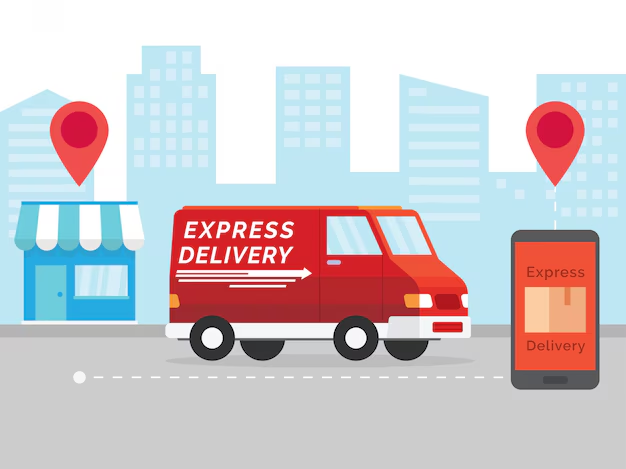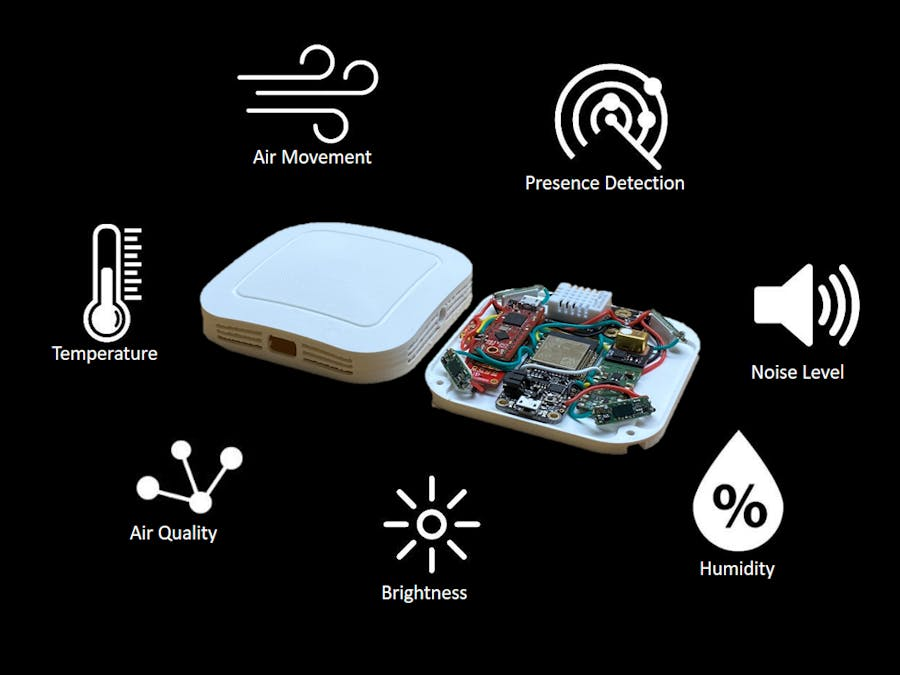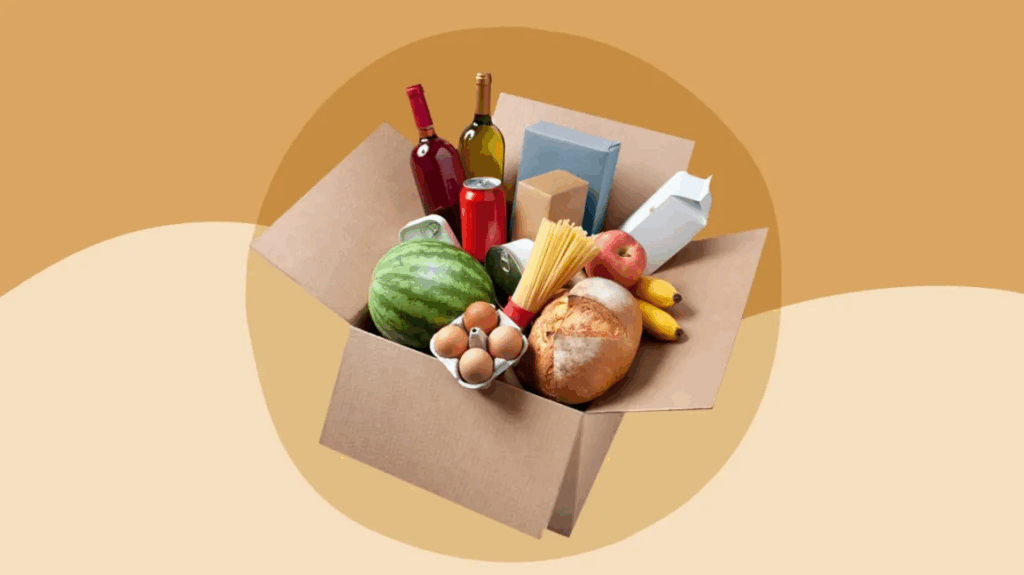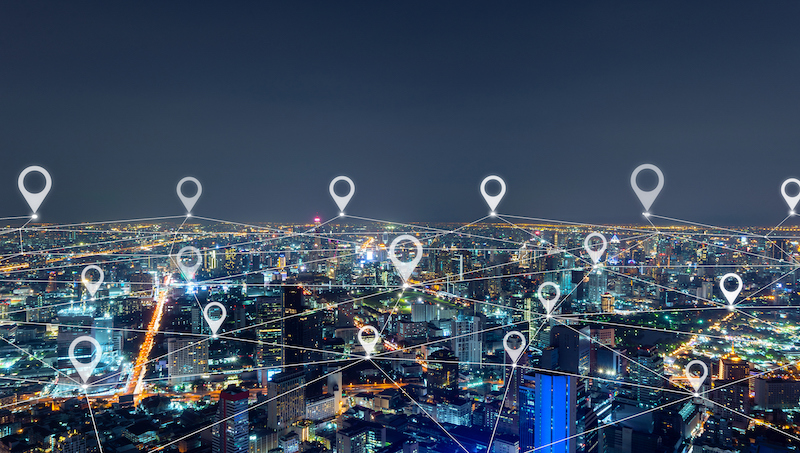Real-Time Parcel Maps Are Taking Over 2025 Logistics — You Won’t Believe How Cool They Are
In 2025, logistics is getting a serious upgrade thanks to real-time parcel maps. These tools are transforming the way packages are tracked, making the process faster, more transparent, and far more engaging for both businesses and customers. With parcel maps, every delivery is not just a shipment—it’s a live, interactive journey.

1. What Are Real-Time Parcel Maps?
Real-time parcel maps are advanced tracking tools that display the live location of shipments on an interactive map. Unlike traditional tracking systems that only update at certain checkpoints, these maps continuously refresh using GPS, IoT sensors, and network data.
Key features include:
- Live GPS tracking of each package
- Interactive map interfaces for mobile and desktop
- Estimated arrival times that update automatically
- Integration with multiple carriers and logistics networks
2. Why They’re the Coolest Logistics Trend in 2025
The adoption of real-time parcel maps is booming, and for good reason. They’re more than a visual upgrade—they’re a complete shift in how shipping is experienced.

Top benefits:
- Total Transparency – Customers can see exactly where their parcel is at any moment.
- Reduced Anxiety – No more guessing if a package is delayed or lost.
- Better Communication – Automatic updates reduce the need for customer service calls.
- Efficiency Gains – Businesses can monitor routes in real time to optimize performance.
- Enhanced Brand Image – Offering advanced tracking builds trust and loyalty.
3. How They Work
Real-time parcel maps rely on a combination of technologies:
- GPS Tracking Devices – Installed in delivery vehicles or attached to shipments.
- IoT Sensors – Monitor temperature, humidity, and other conditions for sensitive goods.

- Cloud Platforms – Aggregate and process tracking data.
- API Integrations – Connect carrier systems with customer-facing dashboards.
The result is a seamless flow of information from package origin to final delivery.
4. Use Cases Across Industries
Real-time parcel maps are making waves in multiple sectors.
E-commerce
- Live delivery countdowns during holiday sales
- Enhanced buyer trust for high-value goods
Food & Grocery Delivery

- Precise ETAs for perishable items
- Route adjustments for faster service
Healthcare
- Real-time monitoring of medical shipments
- Emergency rerouting for critical deliveries
B2B Logistics
- Transparent freight tracking for supply chain partners
- Performance metrics for carrier management
5. The Customer Experience Factor
Today’s customers expect speed and visibility. Real-time parcel maps meet these expectations by turning tracking into an engaging experience.
Customer benefits include:
- Live updates without needing to refresh tracking pages
- Push notifications when delivery is nearby

- Shareable tracking links for recipients
The result is a smoother, more satisfying delivery process that keeps customers coming back.
6. Challenges in Implementation
While real-time parcel maps are exciting, they’re not without hurdles.
Common challenges:
- High costs for GPS and IoT infrastructure
- Data privacy and security concerns
- Integrating with legacy carrier systems
- Ensuring global coverage in remote areas
Forward-thinking logistics providers are addressing these issues by partnering with tech companies and investing in scalable solutions.
7. What’s Next for Real-Time Parcel Maps
The technology is still evolving, and 2025 is just the beginning.

Emerging trends:
- AI-Powered Route Optimization – Predictive algorithms for faster deliveries
- Augmented Reality Tracking – AR overlays showing package location in real-world view
- Blockchain Verification – Secure, tamper-proof shipment records
- Green Logistics Mapping – Real-time carbon footprint tracking for eco-conscious shipping
As adoption grows, these innovations will make parcel maps an even more essential tool in modern logistics.
Conclusion
Real-time parcel maps are redefining the way we track shipments in 2025. They combine transparency, efficiency, and customer engagement into a single, powerful tool. For businesses, they’re a competitive advantage. For customers, they’re peace of mind in map form. As technology advances, these maps will become the standard for logistics worldwide, making the journey from warehouse to doorstep more connected than ever.
Industry Insights
news via inbox
Nulla turp dis cursus. Integer liberos euismod pretium faucibua







